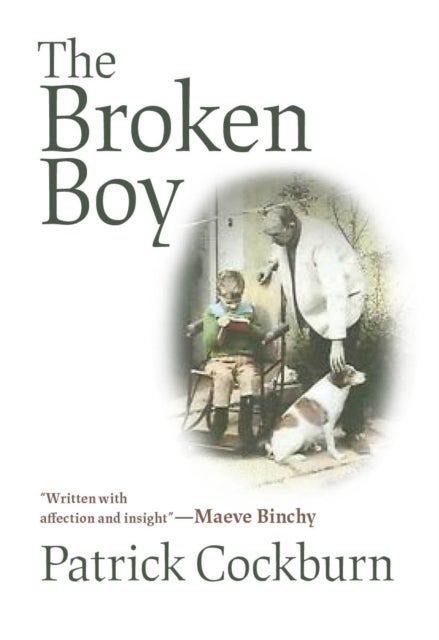
Crime Mapping and Spatial Data Analysis using R av Juan Medina Ariza, Reka Solymosi
1019,-
<p>Crime mapping and analysis sit at the intersection of geocomputation, data visualisation and cartography, spatial statistics, environmental criminology, and crime analysis. This book brings together relevant knowledge from these fields into a practical, hands-on guide, providing a useful introduction and reference material for topics in crime mapping, the geography of crime, environmental criminology, and crime analysis. It can be used by students, practitioners, and academics alike, whether to develop a university course, to support further training and development, or to hone skills in self-teaching R and crime mapping and spatial data analysis. It is not an advanced statistics textbook, but rather an applied guide and later useful reference books, intended to be read and for readers to practice the learnings from each chapter in sequence. </p><p>In the first part of this volume we introduce key concepts for geographic analysis and representation and provide the reader with the fo








